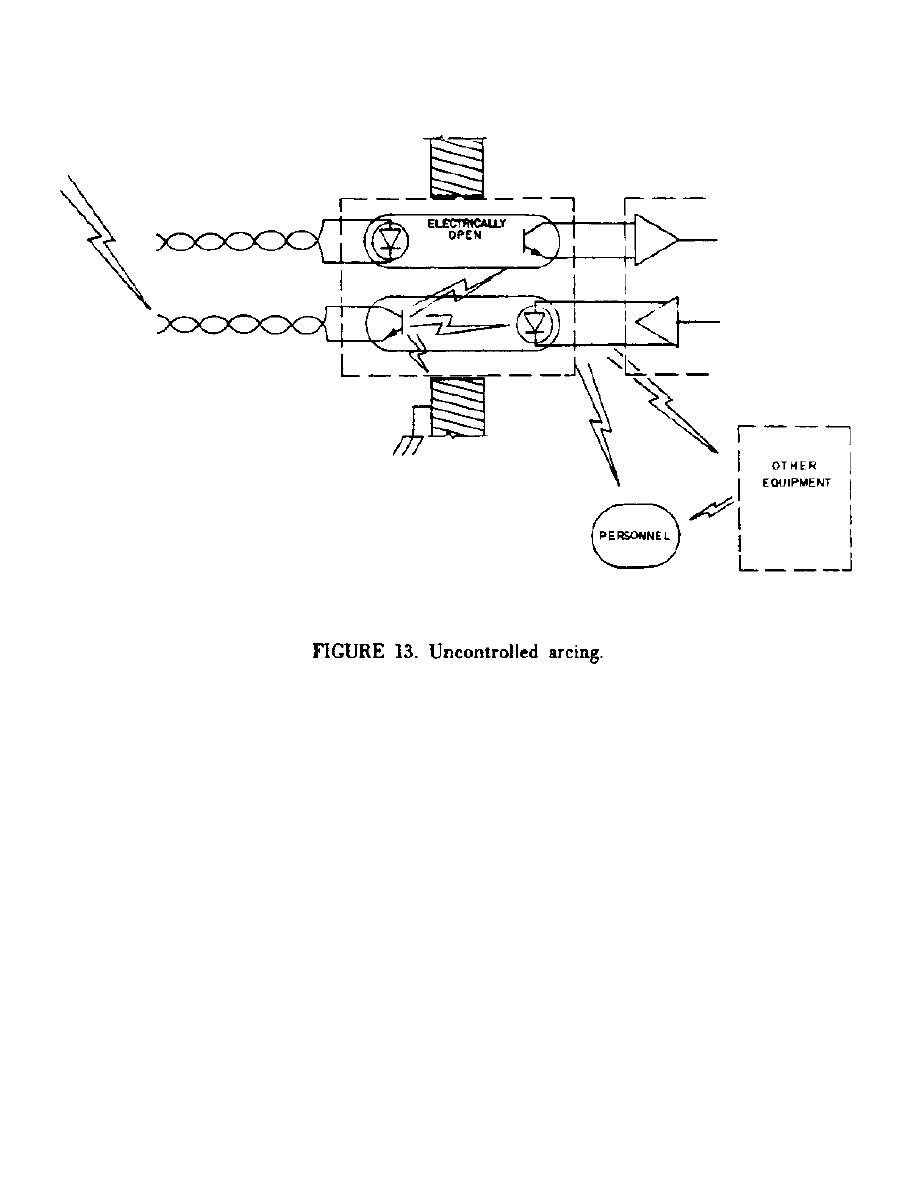

Custom Search
|
|

|
||
 MIL-HDBK-232A
4.6.1 Grounding. Proper understanding of what "grounding" means is
essential to engineering an effective grounding system. For signals, ground
is merely an agreed-upon potential to which signal voltages may be
referenced. It is not necessary, may not be desirable, nor in some cases be
possible, to cause signal return currents to flow through the earth. The
equipotential ground plane or ground bus providing the signal ground
reference, however, is returned to the earth electrode subsystem (EESS).
This is done to provide a dump for induced high currents. Other sources of
current are at some potential relative to earth, and these currents must be
and power system fault currents.
4.6.2 Bonding. Bonding means connecting two conductors in such a way that
the impedance through the connection is not appreciably greater than the
method. Soldering is acceptable where the bond will not carry fault
protection for ac power, lightning, or EMP/HEMP currents. Pressure bonds
such as split bolts can be used with proper rare, but are not recommended.
Bolts require constant checking for tightness.
4.6.3 Shielding. Shields are used to attenuate electrostatic, magnetic, or
EM fields. Ferrous metals are required to contain magnetic fields.
Nonferrous metals are sufficient to exclude or to contain an electrostatic
field. To be completely effective, a shield must be closed and grounded.
|
 |
|
 |
||